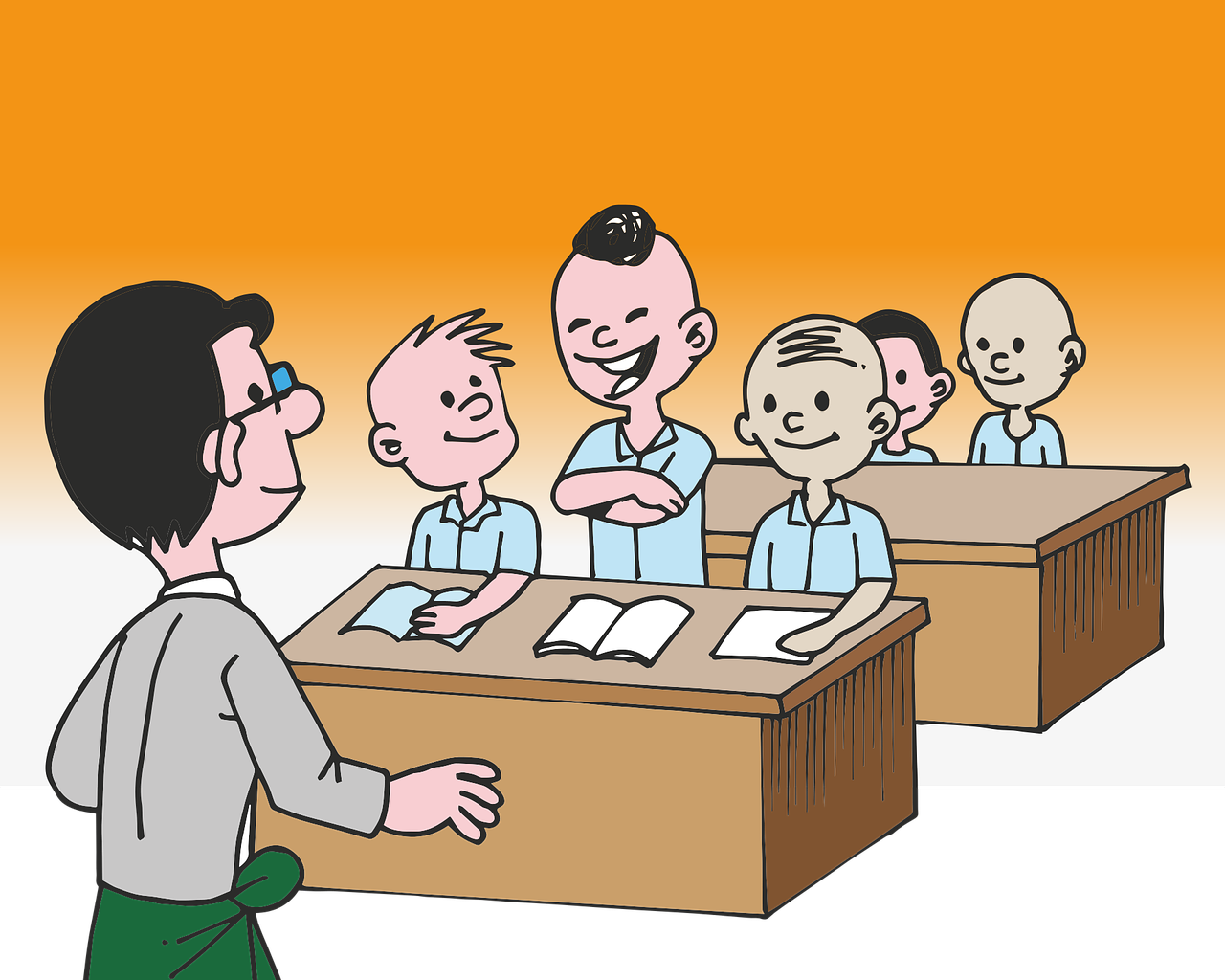Introduction
In the United States, the teaching profession is often lauded as one of the most critical roles in society, shaping the minds and futures of generations. Despite this, teachers find themselves at the lower end of the professional pay scale. This discrepancy raises questions about the value placed on education and the factors contributing to the stagnant or declining real wages of educators. This article explores the multifaceted reasons behind the lower compensation of teachers in the USA, shedding light on systemic issues, budget allocations, and societal perspectives.
Historical Context and Current Scenario
Historically, teaching has been perceived as a vocation, with rewards measured in societal impact rather than financial compensation. Over the years, this perception has contributed to the lower bargaining power of teachers for better salaries. Today, despite the increasing demands and responsibilities placed on educators, their salaries have not kept pace with those of other professions with similar education and skill requirements.
Factors Contributing to Lower Pay
- Funding and Budget Allocation: Much of the funding for public schools in the USA comes from local property taxes, leading to significant disparities in educational funding. Affluent areas can afford to pay their teachers more, while economically disadvantaged regions struggle to do the same. State and federal contributions often fail to bridge this gap adequately.
- Bargaining Power and Unionization: The bargaining power of teachers varies widely by state, with some states restricting collective bargaining or not recognizing teachers’ unions. This limitation can significantly impact teachers’ ability to negotiate better pay and benefits.
- Supply and Demand Dynamics: In some areas, an oversupply of qualified teachers can lead to lower wages. Conversely, in regions or subjects with shortages (like STEM or special education), pay can be higher, although often not sufficiently to address the living costs or student loan burdens of the educators.
- Societal Value and Perception: The societal undervaluing of teaching as a profession plays a critical role. There is a pervasive belief that teaching should be a labor of love, which undermines the argument for higher pay based on the skill, effort, and importance of the job.
- Administrative Costs and Prioritization: A significant portion of educational budgets goes towards administrative costs and non-teaching staff salaries. While these roles are essential, the distribution of funds can sometimes prioritize infrastructure and administration over direct classroom teaching.
The Impact of Lower Pay on Education
The consequences of lower teacher pay are far-reaching, affecting not just the educators but the quality of education itself. Lower salaries lead to higher turnover rates, with teachers either leaving the profession for better-paying roles or relocating to districts or states with better compensation. This instability undermines the educational continuity and quality for students, particularly in disadvantaged areas.
Moving Forward: Potential Solutions
Addressing the issue of teacher pay requires a multifaceted approach:
- Increased Funding and Redistribution: Allocating more funds to education at the state and federal levels, with a focus on equitable distribution, could help bridge the salary gap.
- Policy Reforms: Implementing policies that recognize and reward the professional status of teachers, including better bargaining rights and benefits.
- Societal Reevaluation: A shift in societal attitudes towards valuing education and those who deliver it as a profession worthy of competitive compensation.
Conclusion
The disparity in teacher pay in the USA is a complex issue rooted in historical, economic, and societal factors. Addressing this challenge requires not only systemic changes in funding and policy but also a societal shift in how the teaching profession is valued. As we move forward, it is crucial to recognize the indispensable role teachers play in society and to compensate them in a manner that reflects their contribution.
References
- Books on Education Policy: For a deeper understanding of the systemic challenges in education, consider reading “The Death and Life of the Great American School System” by Diane Ravitch and “Reign of Error” by the same author.
- Related Articles: “Why Teachers Are Paid So Little in the U.S.” by The Atlantic offers insights into the cultural and economic factors influencing teacher salaries.
- Educational Research: Explore studies published by the National Education Association and the American Educational Research Association for data on teacher pay and its impact on educational outcomes.
